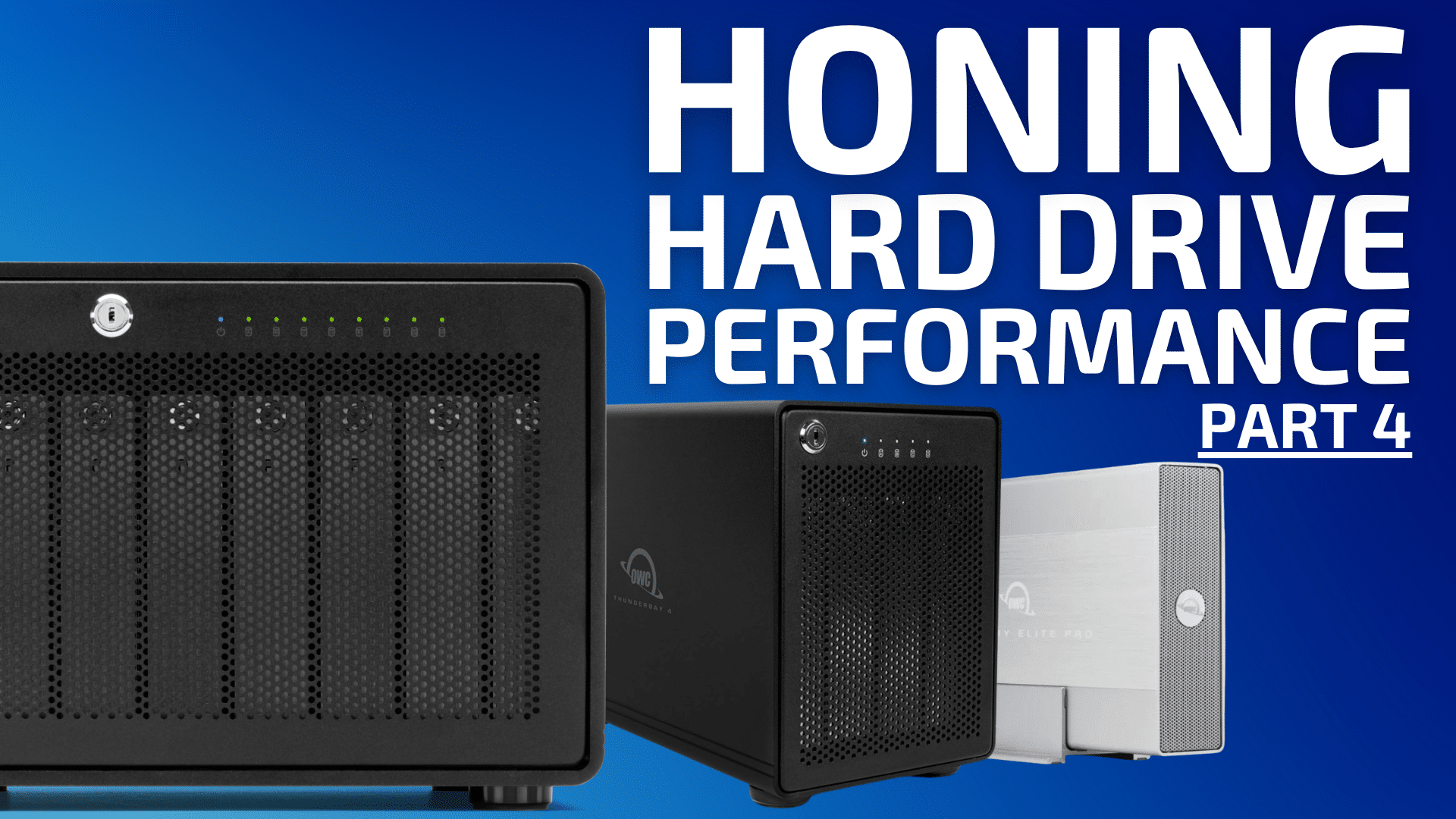
My previous article discussed the benefits of multi-drive enclosures vs single-drive solutions.
With a 4/8 hard drive enclosure, many possibilities exist for using the drives:
- All drives as single drives.
- All drives as some form of RAID.
- Some or all drives as primary storage.
- Some or all drives as backup.
- More drives than can be inserted eg 6 drives with a 4-drive enclosure eg drives rotated on a schedule to offsite location.
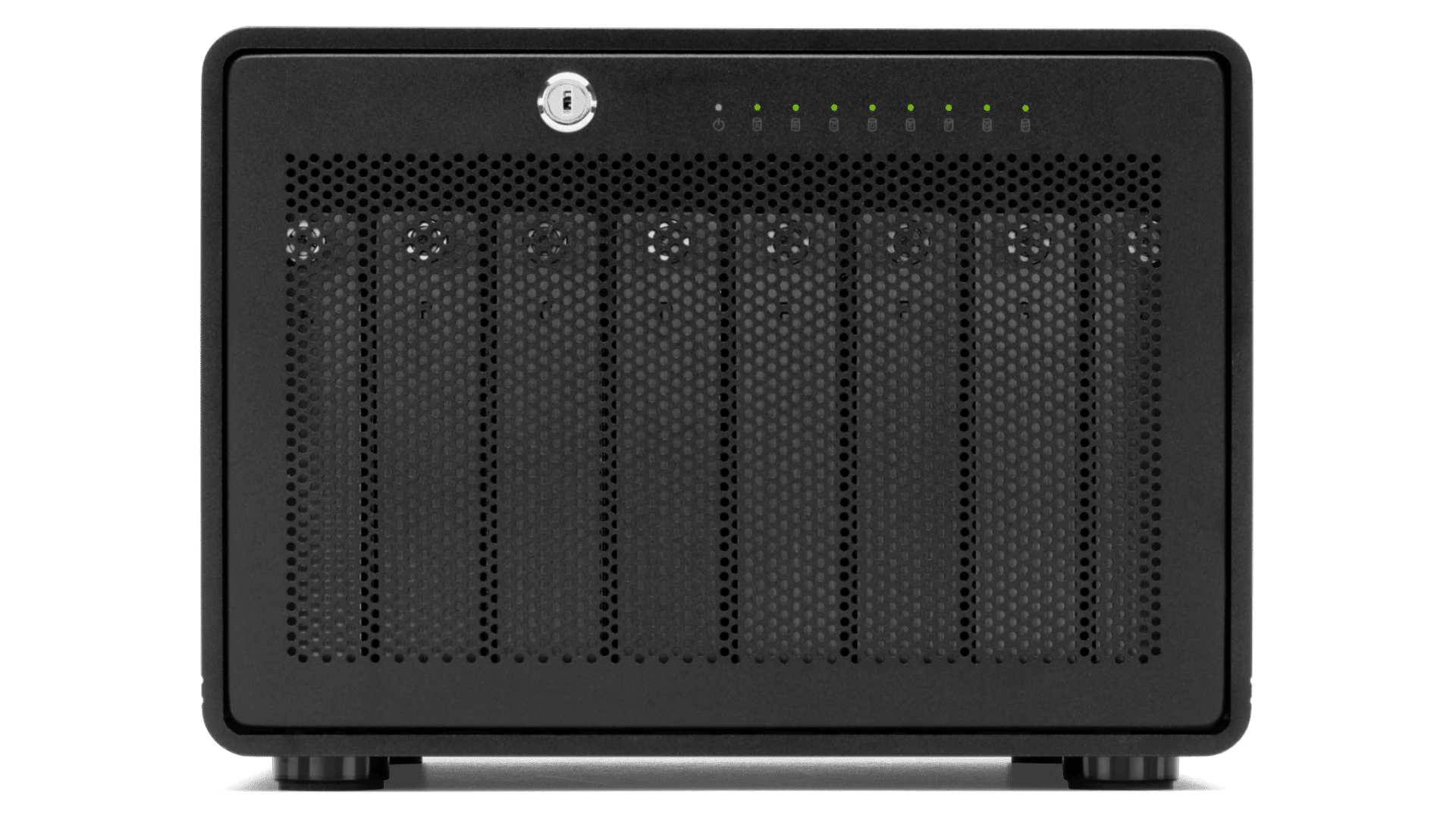
Any and all of these are good ideas, depending on the situation and goals.
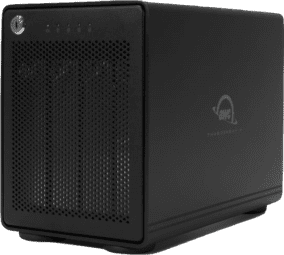
All Individual Drives
This approach treats all 4 or 8 drives separately. Each drive/volume is its own thing with no special software needed, and minimal technical complexity. It’s like connecting up all the drives to your computer but without the cable mess.
However, 8 drives might be challenging to conceptualize—8 volume icons on a desktop is a bit much, even visually.
Possible uses include:
- One or more main/primary drivers eg “Photos”, “Videos”, “Archive”, “Work”, etc.
- One or more clone backups.
- Time Machine backup drive.
This approach can involve more drives than drive bays eg 6 drives for a 4-drive enclosure. Drives are rotated-through for backups on some schedule, the extras being stored offsite.
Individual drives: Data-safety priority
From a minimizing risk perspective, multiple independent backups are the best way to keep data safe. With single drives each containing a full backup, you can have more backups for the same investment. No other approach is remotely as cost effective and robust—additional software or hardware complexity can only reduce reliability and at greater expense.
- Main drive/volume eg “Work” or similar.
- An always-attached backup, either Time Machine (“TM“) or a clone backup (“Work_Clone“) for backups at least once per day. This drive never leaves the unit or the premises.
- Dual clone backups eg Work_Clone1 and Work_Clone2, ideally rotated to offsite storage on a regular basis.
This approach can be used in additional to single-drive backups. Always have an offsite backup of some kind!
One big RAID with all drives
Always have an offsite backup of some kind! RAID (any kind) is not a substitute for backups!
A common way many people take delivery of a ThunderBay is as one large RAID-5 volume, which offers fault tolerance. When that is the goal and other measures are also taken (eg RAID is not a backup), it can make sense for many scenarios. But by itself it is not a complete solution:
With all drives in a RAID:
- Fault tolerance in no way shape or form is a substitute for backups. It is an “uptime” advantage should one drive fail—nothing more.
- RAID volume is either a main storage *or* a backup. It cannot be both. Additional units or drives required for backup.
- Often overkill on capacity, although this capacity can be used to guarantee higher performance as discussed in previous articles.,
- Configured as one RAID, the only realistic way to backup the volume is to use additional RAID units (when data size exceeds capacity of a single hard drive). But using another RAID for a backup is a costly sub-optimal soution with lower reliability than if more single-drive backups are used.
Does this mean that a multi-drive RAID is a bad idea? Yes if done for the wrong reasons, and no if done for the right reasons. Get expert advice if you are not clear on this.
For the above reasons and more, it is my recommendation for most users to restrict RAID volume size to the maximum that can be accommodated on single hard drives for backups eg 22TB or 24TB. That way, the volume can be cloned to any singl hard drive volume of sufficient capacity. This approach implies creating a RAID volume less than the full capacity, eg one 22TB RAID volume on a larger unit in order to match the capacity eg a 22TB single hard drive backup.
Mixed RAID + Single Drives
With 4-drive units, this approach could include the following configurations:
- 2-drive RAID-0 stripe for performance plus 2 backup drives
- 2-drive RAID-1 mirror for fault tolerance plus 2 backup drives
I am not a fan of a RAID-1 mirror for a backup (though it might make sense as primary). For backups it is better to have two independent backups rather than two drives in RAID-1 mirror, since these backups can be separated and/or updated independently.
With 8-drive units, many more possibilities arise. First of all, drive capacities could be mixed eg four 12TB drives to form a RAID-5, along with four 24TB drives as single-drive backups.
One or more RAID volumes utilizing some but not all of the drives. Along with some of the drives used as single-volume backups. Size the RAID volume to match the size of single drives, for easy clone backup.
Another possibility is multiple RAID volumes using different drives eg two 4-drive RAID-0 or RAID-5 volumes, each using its own 4 drives. While in theory one volume can be the backup of the other (since distinct drives are used), having RAID backups also in the same enclosure seems dubious at best.
A mixed approach can also contemplate more drives than drive bays eg 6 drives for a 4-drive enclosure. Drives are rotated through for backups on some schedule.
My main advice for mixed use is to keep it simple—design something that clearly separates primary from backups, and utilizes single hard drives for backups, if feasible in capacity terms.
Conclusions
Multi-drive enclosures provide the ultimate in flexibility for fault tolerance and/or performance and/or backups.
View my external storage wishlist.
See also:
Hard Drives Part 3
Hard Drives Part 2
Hard Drives Part 1
Storing Important Data on the Boot Drive is Asking For Trouble — Always Make a Separate Volume
A Pro Photographer’s Guide to Fast Data Backup in the Field
The Best Drives and Smart Strategy for Safe, Secure and Consistent Mac Backups
Backup Best Practices: How to Make Fast Clone Backups on a Mac
What to Do Your When Mac’s Time Machine Says Its Backup Drive Is Full
Backup Best Practices: How to Use Time Machine Optimally With Other macOS Backups
…
Need help working through your computing or photography system design? Consult with Lloyd before you potentially buy too much or too little, and see my Mac wishlist of current models, first pondering whether refurbished or used Macs might do the job for you.
View all posts by Lloyd Chambers… Lloyd’s photo web site is diglloyd.com, computers is MacPerformanceGuide.com, cycling and health are found at WindInMyFace.com, software tools including disk testing and data integrity validation at diglloydTools.com. Patreon page.


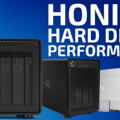
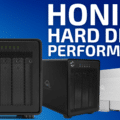
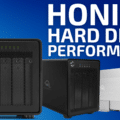







4 bay or 8 bay with HDDs configured to RAID 5 is the best approach. It’s easy to replace a failing HDD without having to do much more than to substitute with a new HDD. HDDs do fail (but test with multiple HDD test apps before throwing out the HDD).
It’s easy to partition a 4 bay or 8 bay into “Photos”, “Videos”, “Archive”, “Work”, etc.
HDDs do give some warning that they are about to fail whereas SSDs don’t. So multiple SSDs and RAID 5 configuration is good.
As recommended, back up the 4 bay or 8 bay with another 4 bay or 8 bay and/or use online backup service.
“best” always depends on requirements. Requirements vary considerably.